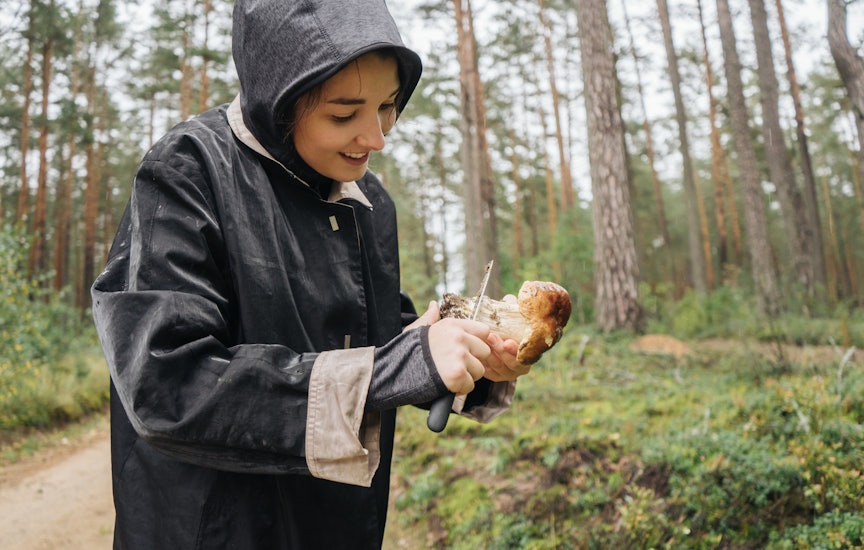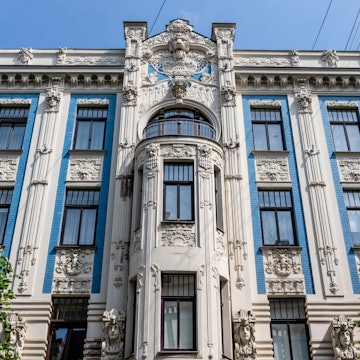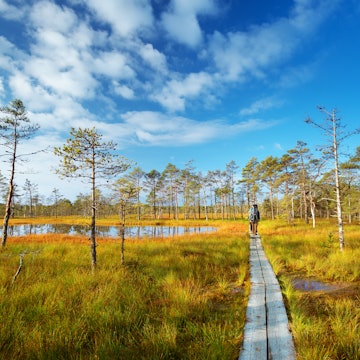

Explore Tallinn, Estonia's capital, with its stunning medieval old town, vibrant culture, innovative tech scene, and rich Baltic history. MNStudio/Shutterstock
The Estonian capital Tallinn is often described as a fairy tale, and it’s hard to argue with those accounts.
On the cobblestoned alleys of the Old Town, between the defensive ramparts, the gothic church spires and the stately merchant’s houses, it’s easy to imagine a knight of the Teutonic Order marching by.
But there are plenty more layers to Tallinn. The painful memory of the Soviet occupation has left emotional and architectural scars on the city, while the promise of a bright digital future shines through. In tech-savvy Estonia, home to the highest number of start-ups per capita, even toddlers can program.
Tallinn also boasts top-tier museums, a rich cultural scene and a proximity to nature. Its flourishing cuisine blends Nordic, German and Russian influences. In other words, there’s a lot to unravel for open-minded travelers.
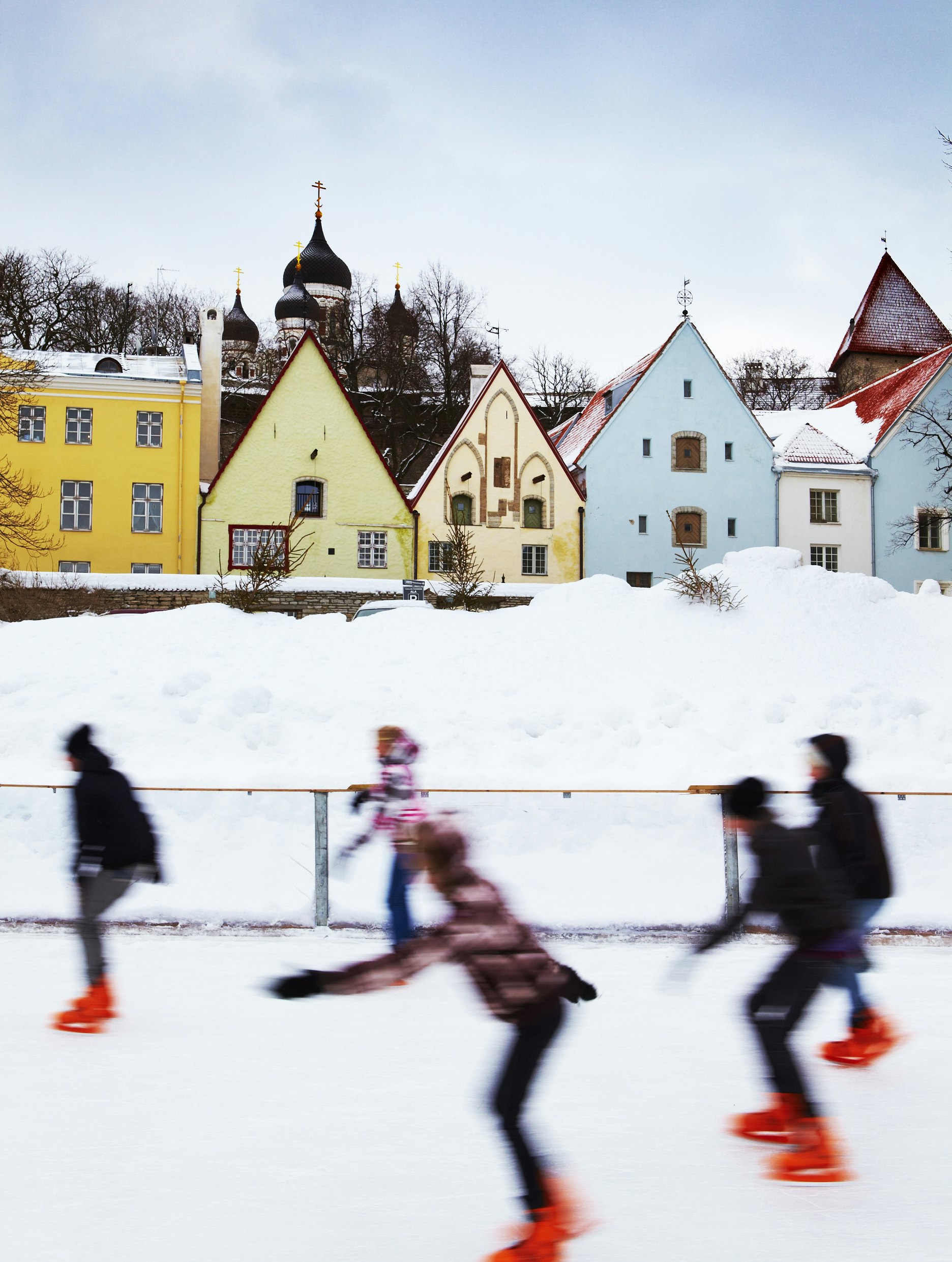
When should I go to Tallinn?
Tallinn experiences very distinct seasons.
Despite Estonian jokes about summer (“three weeks of bad skiing weather”), June, July and August are the most glorious time to visit the country. Nature blooms, terraces are out, days seemingly never end (these latitudes get near-white nights) and even the gloomiest local can manage a smile. Because of the harsh winters, Estonians truly cherish summer: it’s a time to recharge the batteries in the country, at summer cottages by a lake or the seaside.
Midsummer celebrations (Jaanipäev) and the Singing Festival (Laulupidu, twice every five years) are particularly vibrant, making it an ideal time to experience Estonian culture. On the flip side, cruise ship tourists crowd the city during summer days, making the tiny Old Town feel claustrophobic. Accommodation prices are higher.
While spring and autumn promise thinner crowds and lower prices, be aware that the weather is highly unpredictable. March, April and May routinely bring the fifth, sixth and potentially seventh coming of Estonian winter; snow in these months is hardly exceptional. In November, the Black Nights Film Festival (PÖFF) draws film buffs from all over the Baltics.
Winter gets cold, snowy and dark. Locals combat the blues by holing up in saunas and staying active on lit-up cross-country ski tracks. Sports centers in Pirita and Nõmme rent out gear. In December, ice rinks open across the city, and Tallinn’s Raekoja plats (Town Hall Square) becomes the backdrop to a cozy Christmas market. Warm up with glöggi (mulled wine with almonds and raisins), verivorst (blood sausage) and hapukapsas (sauerkraut).

How much time should I spend in Tallinn?
You can explore the cobbled alleys of the charming, small Old Town in a day, but that doesn’t mean you should rush Tallinn. Reserve two days and you’ll have time to include Kadriorg, a sprawling park with two of the best art museums in town. Three, four or more days allow you to take things slower and head out further.
Spice up your itinerary by visiting more museums (Estonian Open Air Museum, Vabamu Museum of Occupations and Freedom, Seaplane Harbour), put on your hiking boots to soak up some urban nature, or discover Tallinn’s brutalist Soviet architecture.
Alternatively, wander into less obvious parts of town that show different facets of Tallinn. Kalamaja (wooden houses, bohemian vibes), Rottermanni (formerly industrial, now a cluster of chic restaurants and boutique shops), Telliskivi (lively hipster neighborhood), Pirita (seaside) or even Lasnamäe are waiting to be explored. The latter is one of the expansive sleeping districts built during the Soviet times – full of residential blocks, dingy kiosks and nail salons, all connected by elephant trails.
Is it easy to get in and around Tallinn?
Lennart Meri Tallinn Airport, just 4km (2 miles) out of the city, connects the Estonian capital to over 50 European destinations. Because of continued work on the tram infrastructure, a bus links the airport to the Old Town. From the Port of Tallinn, regular ferries depart to Helsinki (Finland), Stockholm (Sweden) and Mariehamn for the Åland Islands (summer only).
Trains to Tartu, Narva, Paldiski, Viljandi and other domestic destinations leave from Balti jaam (Baltic station). Daily trains to the border town of Valga link the Estonian with the Latvian rail network. Buy tickets through Elron. From Balti jaam, local buses serve the countryside surrounding Tallinn. Long-distance buses to major cities in the Baltics and beyond depart at Bussijaam (bus station), 2 km (about 1 mile) from the Old Town. For schedules and tickets, check Tpilet.
The walkable Old Town is best discovered on foot, meaning you might not even need public transport in the city. If you do, buses are generally punctual, modern and easy to navigate. Use Google Maps or the Peatus route planner. You can buy a green transportation card from a kiosk or a supermarket and top it up with credit or swipe your credit card on the bus. It’s not possible to buy a ticket from the driver. Taxis are affordable. Do as the Tallinners and download the Bolt app, the successful Estonian equivalent of Uber.
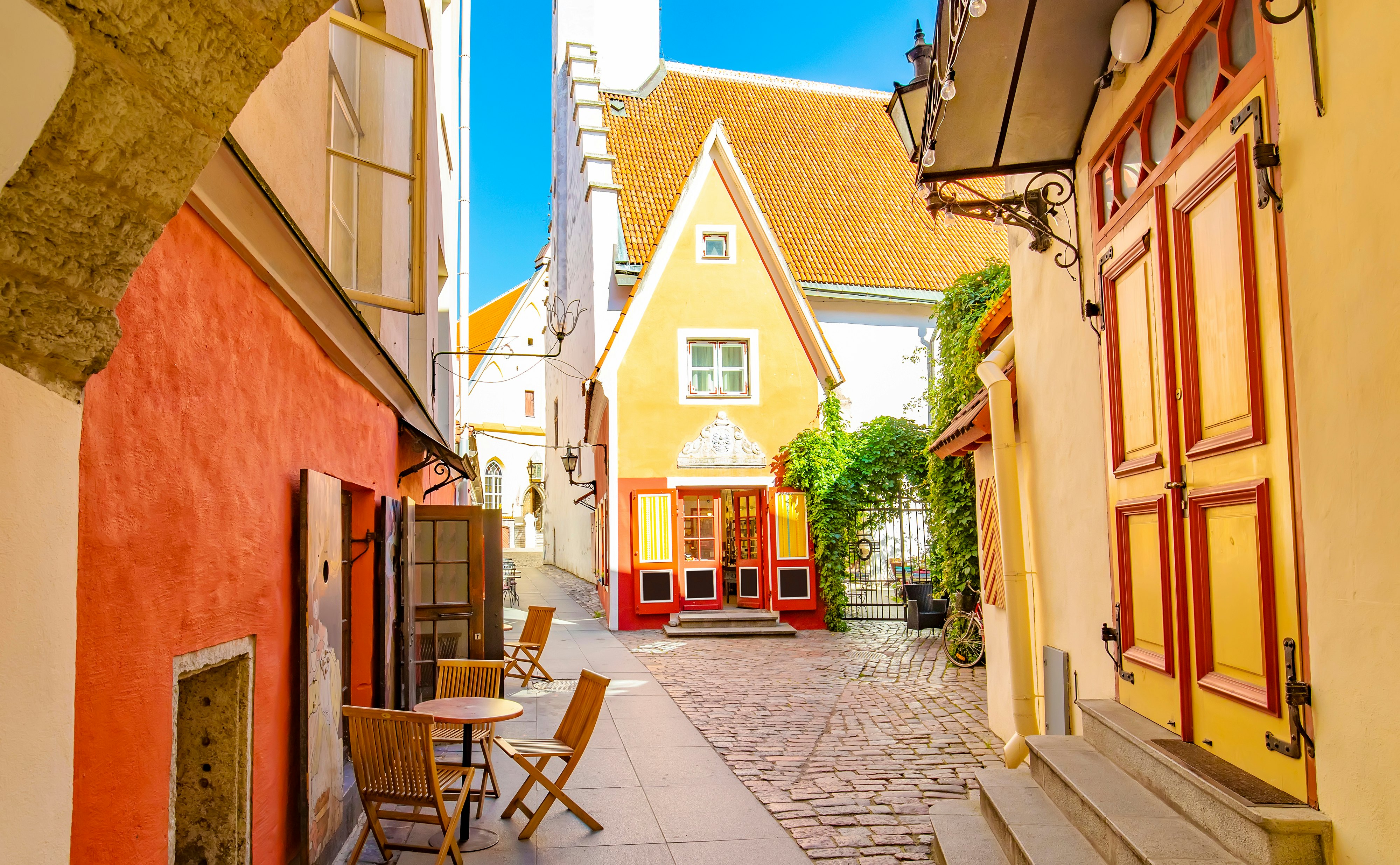
Top things to do in Tallinn
Enjoy medieval vibes in the Old Town
The Old Town of Tallinn, regarded by UNESCO as one of the best-preserved medieval city centers in Europe, entices impromptu explorations. Cobbled streets take you past medieval ramparts, defense towers, dizzying church spires and the oldest continuously operating pharmacy in Europe. The biggest delight lies in finding the many Instagrammable secret nooks and crannies, the romantic hidden courtyards and the alleys that keep twisting and turning. Worm your way up to Toompea, the hill that looms over Tallinn, where platforms offer views over red-tiled roofs and where the resident seagull, Steven, is ever ready to pose.
Nowhere in Tallinn do the Middle Ages live on more vividly than behind the pale white facade of Olde Hansa. Step into a candlelit dining room – it’s the 15th century, another 400 years until Thomas Edison invented the light bulb. Once, only the rich dined here, bishops and wealthy noblemen from the Hanseatic city of Reval, the old German name of Tallinn. Nowadays, you can taste “medieval” dishes made with ingredients known in Europe at that time. You’ll not find potatoes, tomatoes, or pumpkins (or Coca-Cola, for that matter) on the menu, although an exception is made for coffee. Instead, you can sample brown bear stew, chanterelles, and blueberry jam. On a budget? Medieval tavern III Draakon, just around the corner, evokes the same period’s atmosphere.
Go forest bathing
Amongst the last in Europe to be christened, Estonians are essentially nature hippies who worship the sun, holy oak trees and glacial erratics. That means people are still closer to nature than in most other parts of Europe. Even the busiest marketing manager from a hip Telliskivi start-up will regularly leave the hustle and bustle behind to go foraging for berries and mushrooms on all fours in the boundless forests and bogs of the country. Yes, Estonians have been forest bathing way before it was even a thing.
If you don’t have the time to head out of town, worry not! Tallinn has plenty of easily accessible urban nature. Within the boundaries of the city, you can venture on trails and boardwalks through a bog (Pääsküla Bog), a lush river valley (Pirita River Valley Nature Reserve) and forests (Harku, Merimetsa). Or head to Paljassaare peninsula, where colonies of birds inhabit a landscape dotted with crumbling Soviet bunkers. Pirita and Stroomi are the most popular city beaches.

Get sweaty in the sauna
They might not make such a fuss about it as their Finno-Ugric brothers and sisters on the other side of the Gulf of Finland, but Estonians are just as attached to their sauna. One estimate places the number of saunas in Estonia at 100,000, one for every 13 people. Traditionally, the sauna (saun in Estonian) was a sacred place where generations of local women gave birth. It’s still the environment where Estonians unwind and share their deepest secrets.
If you’re staying in a hotel in Tallinn, chances are you will have access to a sauna. For a more authentic experience, however, go to a public sauna like Kalma Saun, Raua Saun or Tallinn Saun – the oldest public sauna in town, with brick ceiling vaults and chandeliers. Vaudeville club Heldeke! and craft beer taproom Põhjala also fire up their saunas regularly. Feeling brave? Go for a (winter) swim in the Baltic Sea first, then warm up afterwards. Both winter swimming club Lennusulps and community sauna Logi Saun offer access to the frosty sea water.
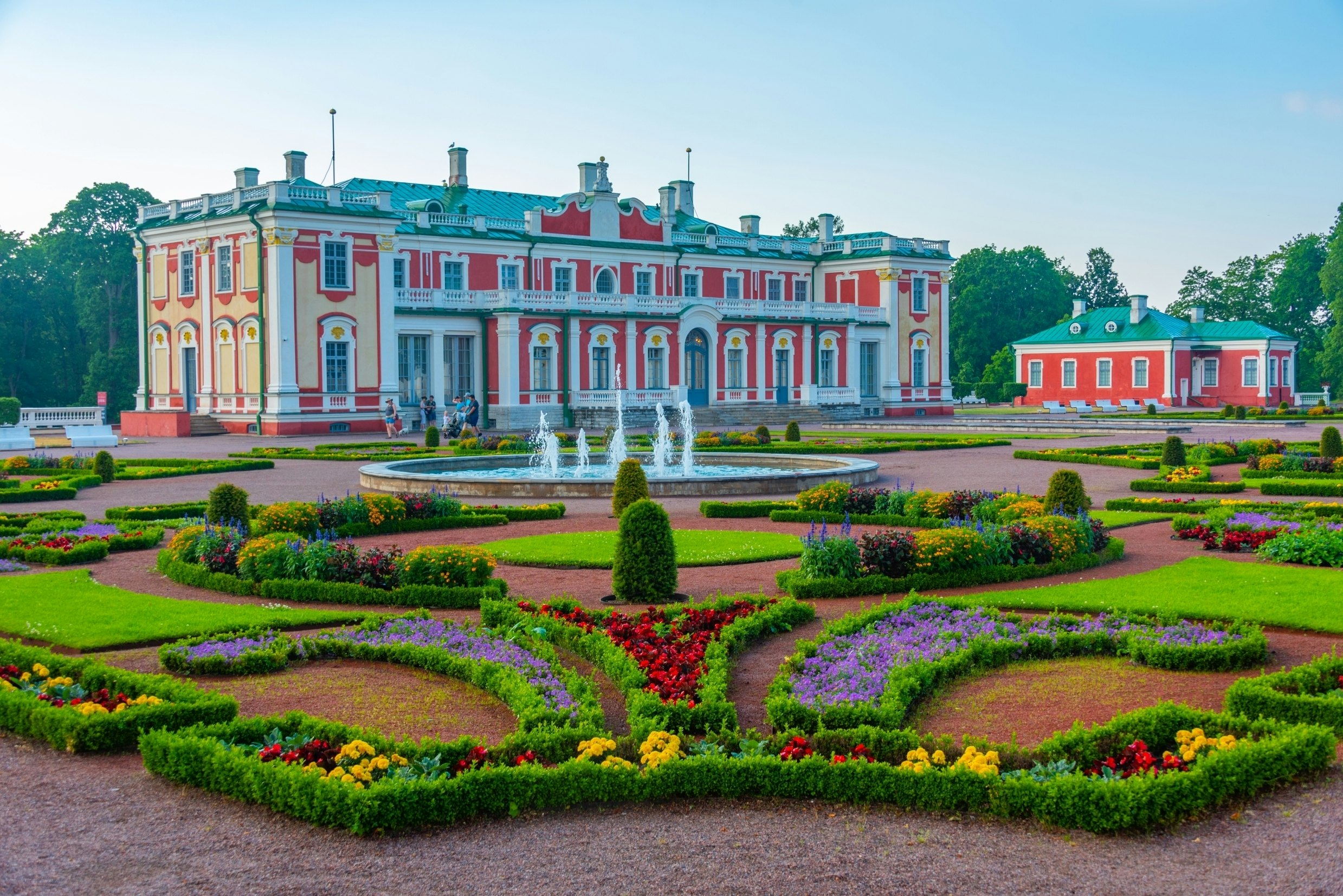
Soak up culture in Kadriorg
Kadriorg, a stately park east of the Old Town, is home to the presidential palace and two art museums. In KUMU, seven floors chock-full of Estonian art await, whilst Kadriorg Art Museum showcases early Russian and European art in a baroque summer residence built by Tsar Peter the Great.
If the weather allows, picnic in the Japanese garden or by the swan pond. Nearby organic deli NOP can outfit you with everything you need, from sea buckthorn cake and tomato/kimchi juice to jars of marinated delicacies.
My favorite thing to do in Tallinn
Unlike Baltic neighbors Latvia and Lithuania, which both have zero, Estonia has plenty of islands. The latest count increased the number from 2222 to 2317. Especially in summer, I love leaving the city behind for a day to escape to peaceful Aegna, a pocket-sized island in Tallinn Bay (recent population count: 16). The nature here represents a miniature version of Estonia: rocky coasts, sandy beaches, coniferous and deciduous forests, a gathering of glacial erratics, foxes frolicking in the heath and a free camping spot. In the summer months, a pop-up cafe opens next to the port.
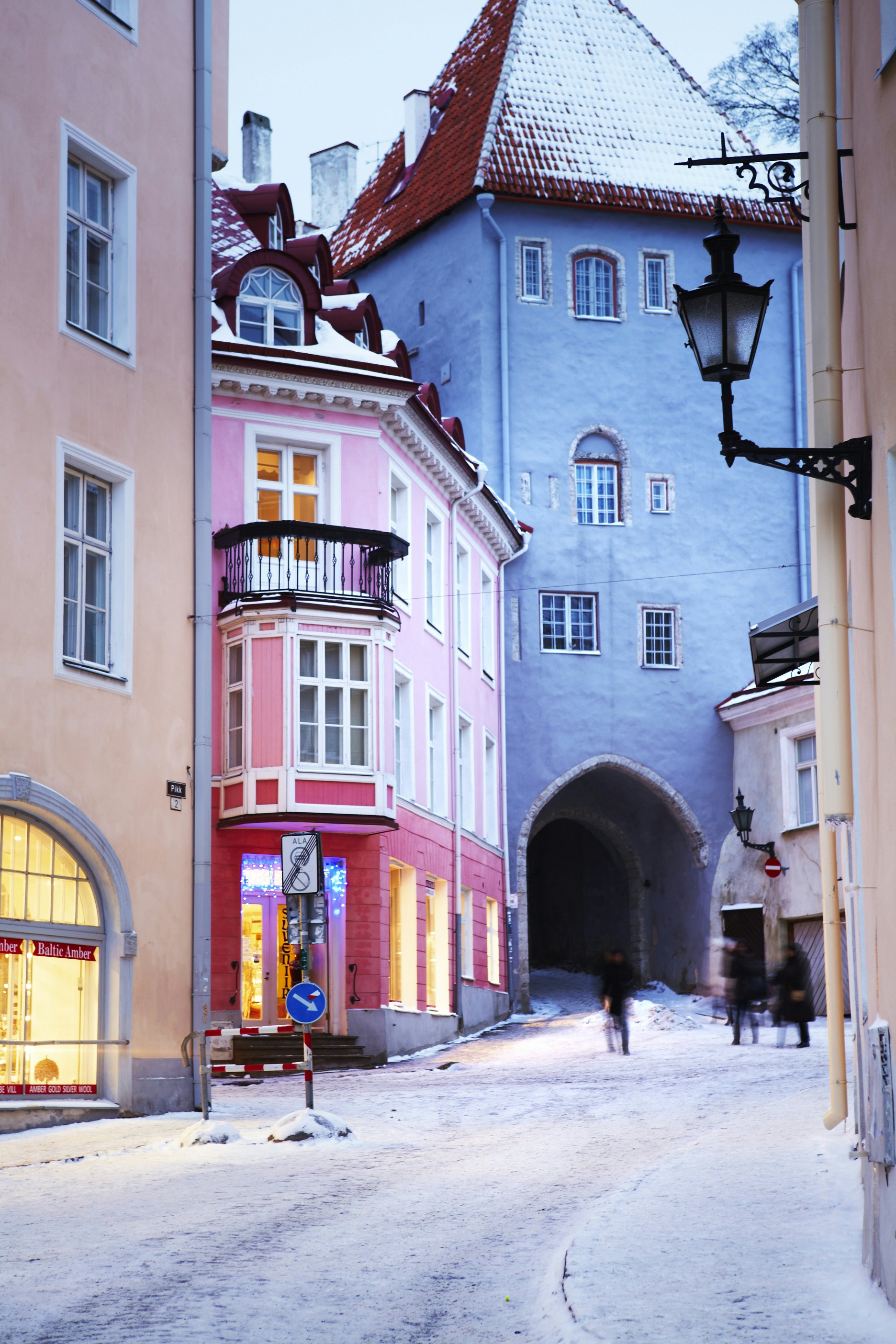
How much money do I need for Tallinn?
Following the war in Ukraine, inflation drove up prices in the Baltics more than elsewhere in Europe. No longer is Tallinn one of the cheapest city breaks of the continent. Having said that, savvy travelers can still find excellent value for money compared to some of the Western European capitals. Wander away from the tourist restaurants near the Town Hall Square and you can get lunch deals for €5 to €9. Accommodation prices vary widely between different seasons.
Hostel dorm bed: €15-€25 (US$17-$29)
Basic room for two: from €40 (US$47)
Self-catering apartment (including Airbnb): from €45 (US$52)
Public transport ticket: €2 (US$2)
Coffee: €2-€3 (US$2-$3)
Pirukas (pie) in a cafe: €2-€3 (US$2-$3)
Dinner for two: €50-€80 (US$58-$93)
Beer at the bar: €4-€6 (US$5-7)
Kohuke (curd cheese bar) in the supermarket: €0.30-€0.60 (US$0.35-US$.07)







